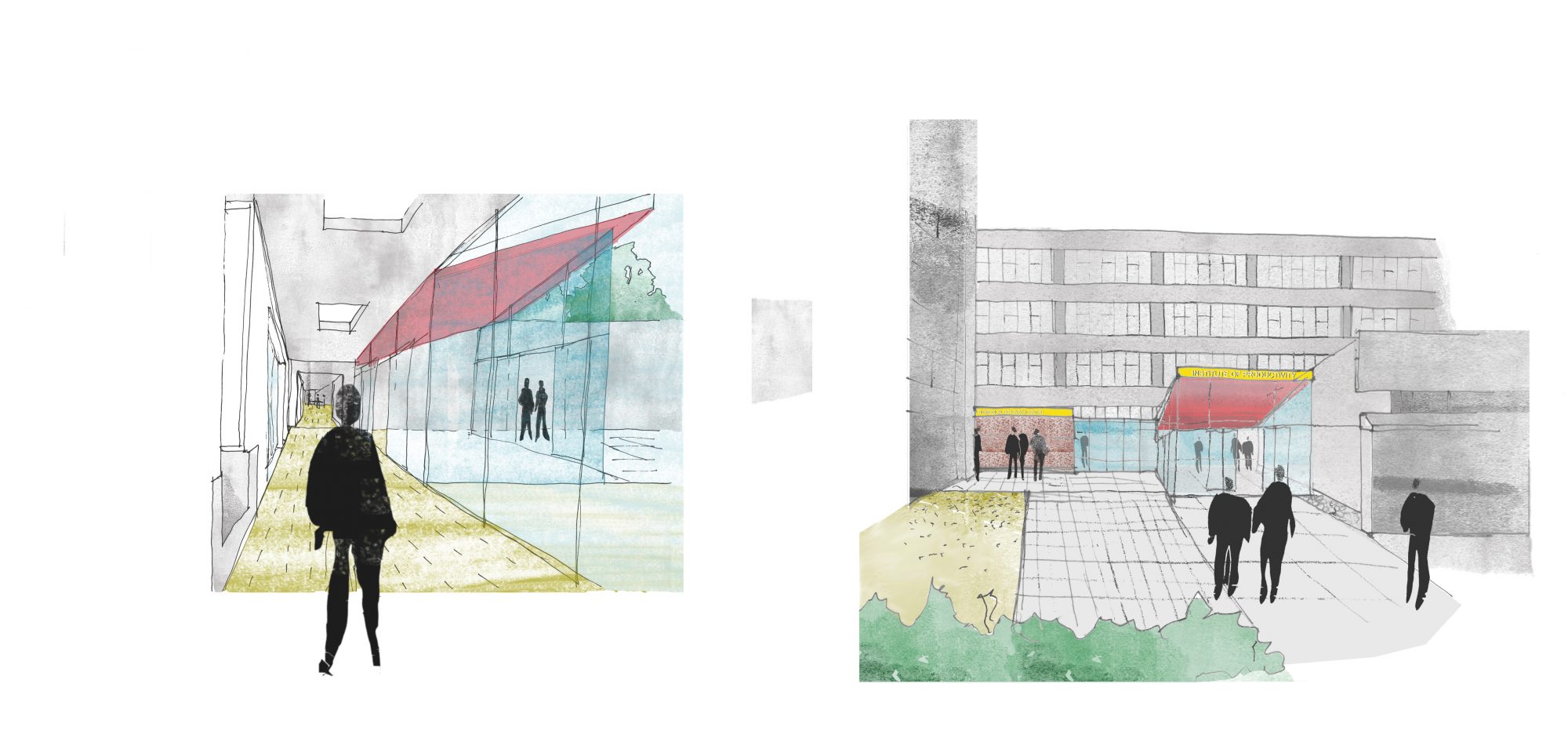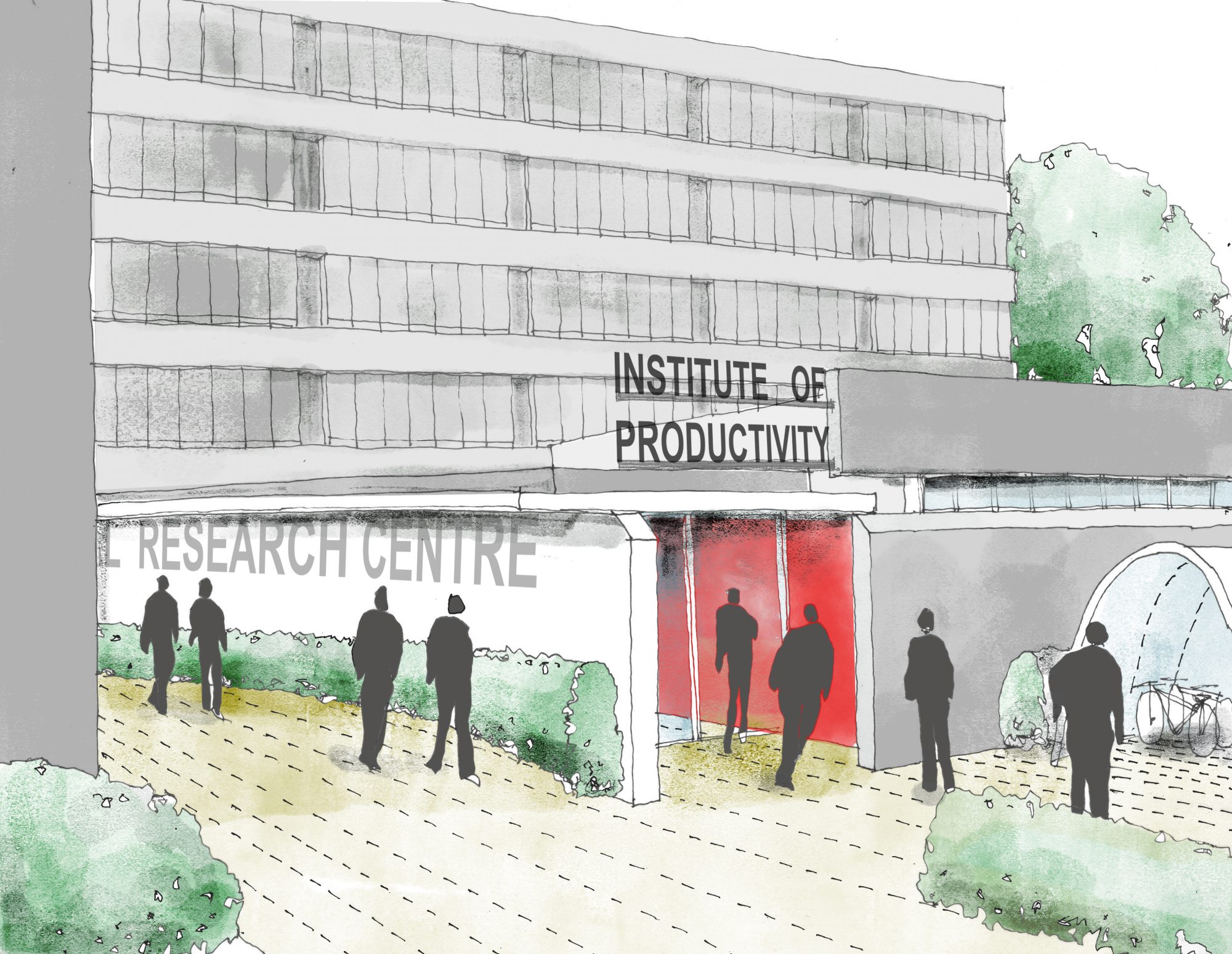

FBM Architects have been appointed to design a new Institute of Productivity (IoP) for the University of East Anglia.
The IoP will be located in the grade II listed Lasdun Wall and will be used by both the University and local industry partners for research into advanced engineering techniques, helping to educate the next generation of digitally-aware engineers and business leaders within modern engineering facilities.
We have worked with UEA on the Lasdun Wall before, developing feasibility proposals showing how this iconic building could be retro-fitted to provide 21st century academic facilities and radically reduced energy consumption, while maintaining and enhancing the external appearance. These proposals were based on our work at the University of Brighton where we designed and delivered the award-winning retrofit of the Cockcroft Building.
At UEA we have recently completed the new Sciences Building for UEA and the IoP project is the next step in the FBM/UEA relationship.

The IoP will have a new regional hub for engineering, technology and management, providing innovative engineering and business solutions to enable productivity and growth co-created by UEA in partnership with businesses. The IoP will focus on additive and subtractive manufacturing techniques. Designated research areas include robotics, mechatronics, CNC milling, and 3D printing located in large workshop-type spaces. These are supported by a centrally-located social learning space that promotes collaboration and cross-over between various disciplines.
A grant of £4.5 million has been agreed by the New Anglia Local Enterprise Partnership for Norfolk and Suffolk and this will be matched by UEA. The New Anglia Advanced Manufacturing and Engineering (NAAME) and TechEast industry sector groups will be key delivery partners of the Institute of Productivity.
FBMArchitects are founder members of the Higher Education Design Quality Forum and have significant experience working with leading universities and colleges around the country. Many of our recent projects have involved transforming dark, cellular buildings from the atomic age into bright, flexible learning and research environments fit for the information age. More information can be found here.
